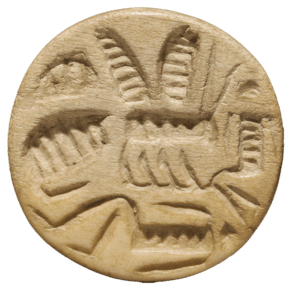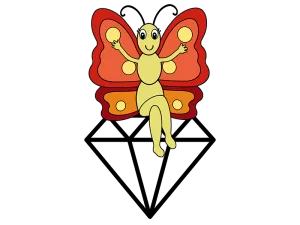The Mystery of the Disappearing Bees
Colony Collapse Disorder: In recent years, a phenomenon known as Colony Collapse Disorder (CCD) has affected bee populations worldwide. CCD occurs when the majority of worker bees in a colony disappear, leaving behind the queen and a few nurse bees. The exact cause of CCD is still unknown, but factors such as pesticide use, habitat loss, and disease are believed to play a role. The decline in bee populations is alarming because bees are essential pollinators for many crops. This story highlights the importance of protecting and conserving bee populations for the health of our ecosystem.

Bees in Ancient Egypt
Honey was highly valued in ancient Egypt and used as a sweetener, a preservative, and in medicine preparations. Egyptians were skilled beekeepers often depicted in tomb paintings tending to hive and harvesting honey. The practice of beekeeping dates to at least the Old Kingdom period. The bee was a symbol of Lower Egypt and featured prominently in the Pharaoh’s title, representing diligence, organization, and harmony.

A stunning variety of native Australian bees come in a wide range of sizes and colours and are found in most parts of the country. Some bees are metallic green, coppery red, or green tinged with purple. Others have glittering blue stripes or even white polka dots!



Step 1: Using bamboo, paper straws or twigs with pithy stems, make a bundle as big as you like and secure it with string or tape.
Step 2: Securely fix the bundle to a solid surface in a sheltered position. Once you’ve made your bee hotel, relax and wait for the bees!








